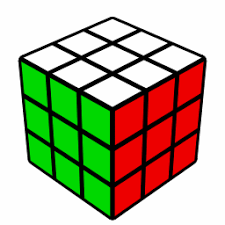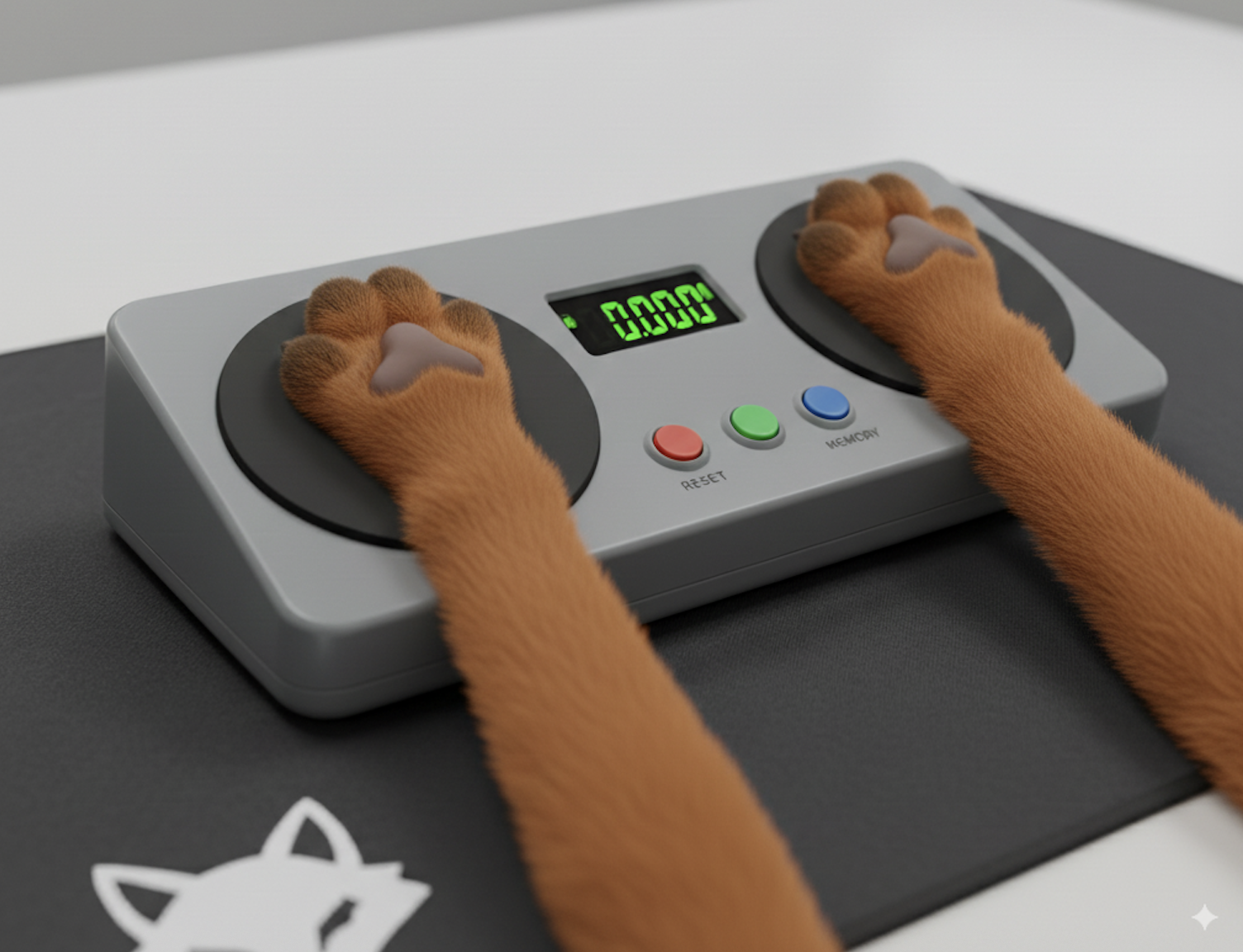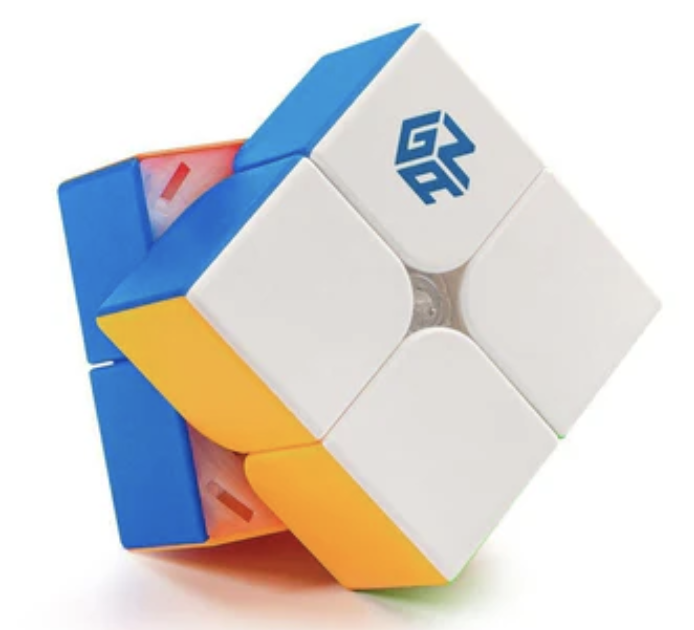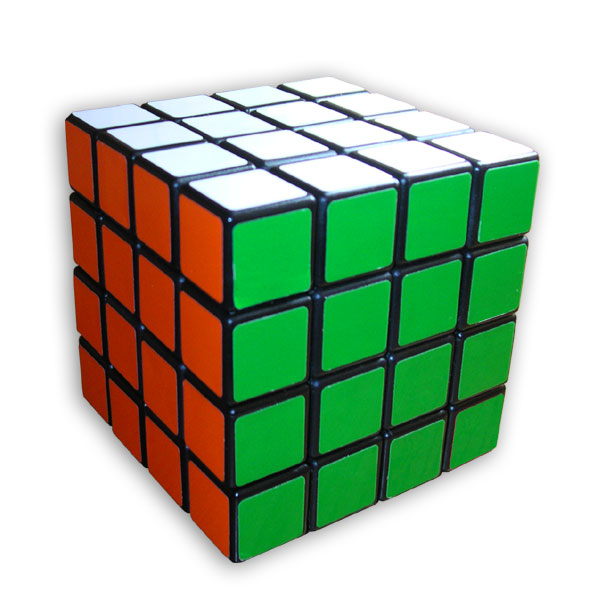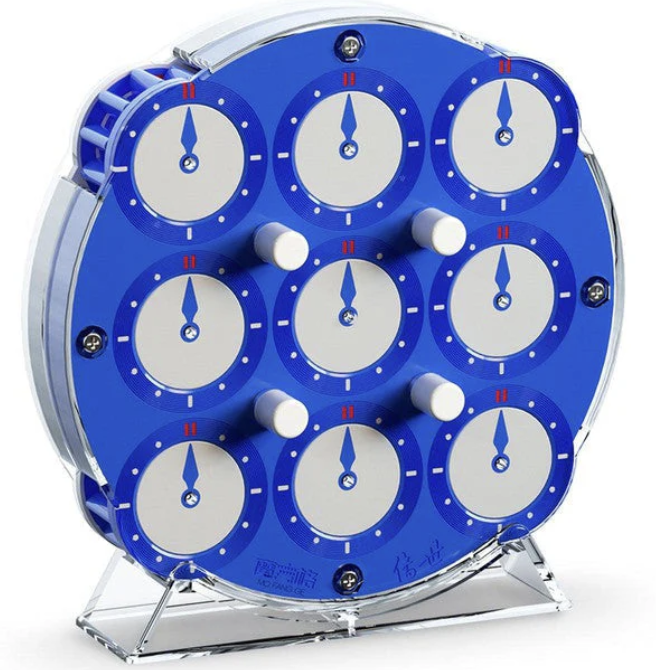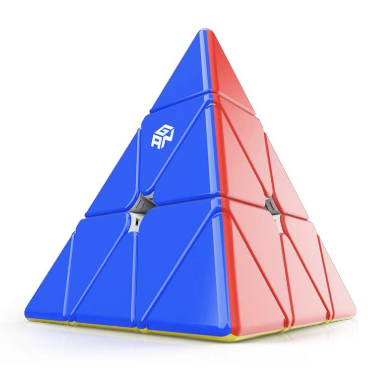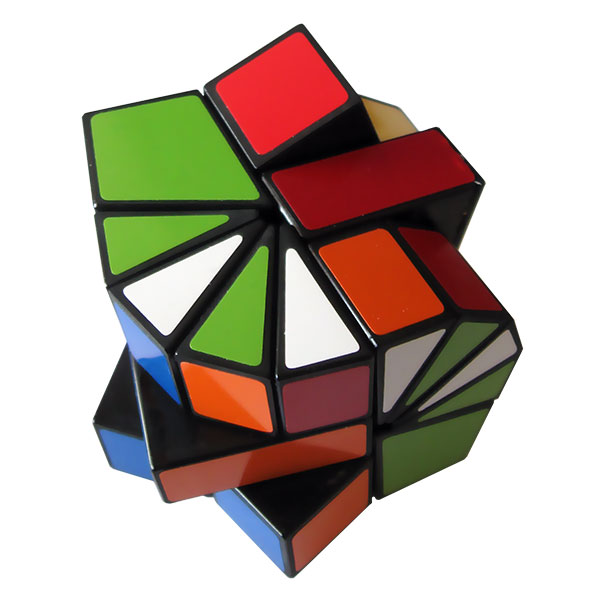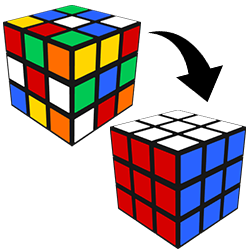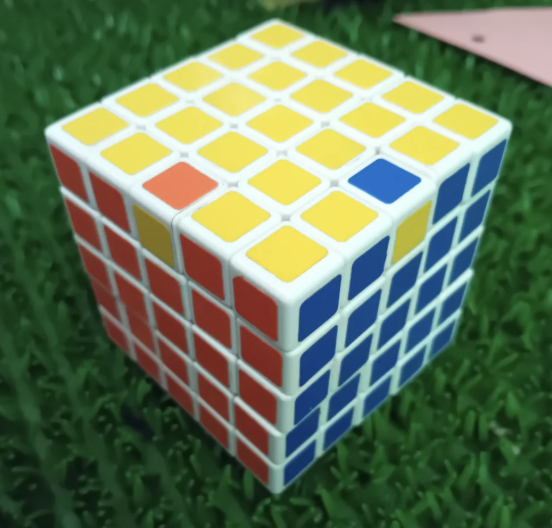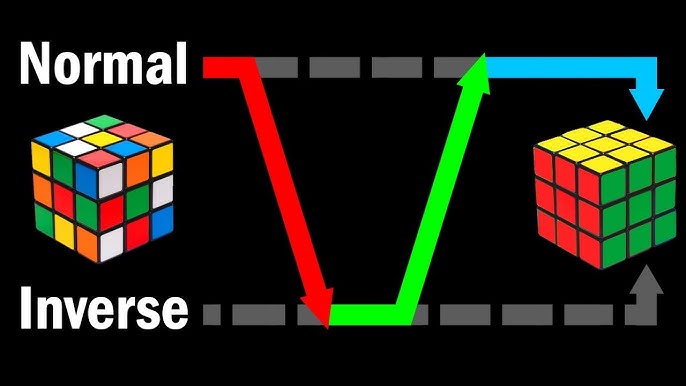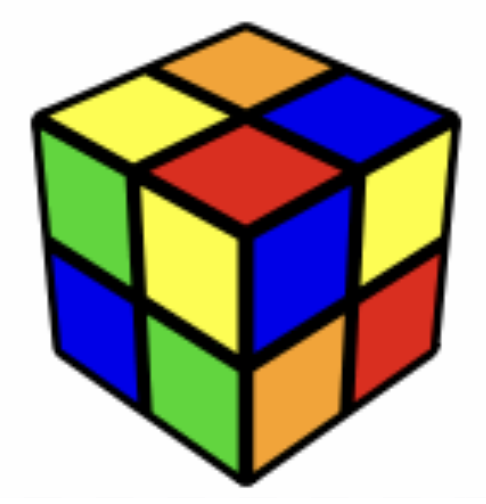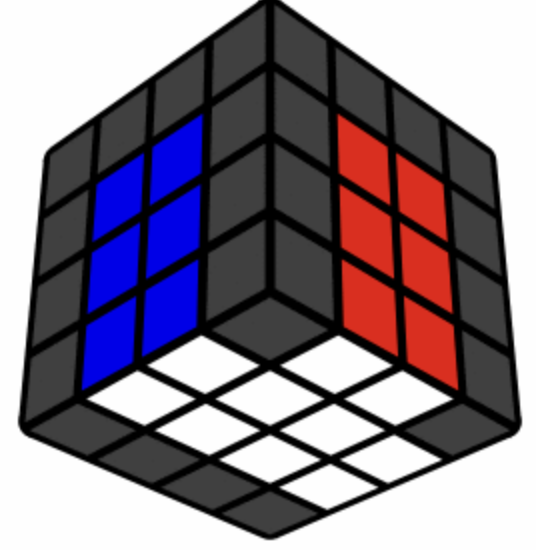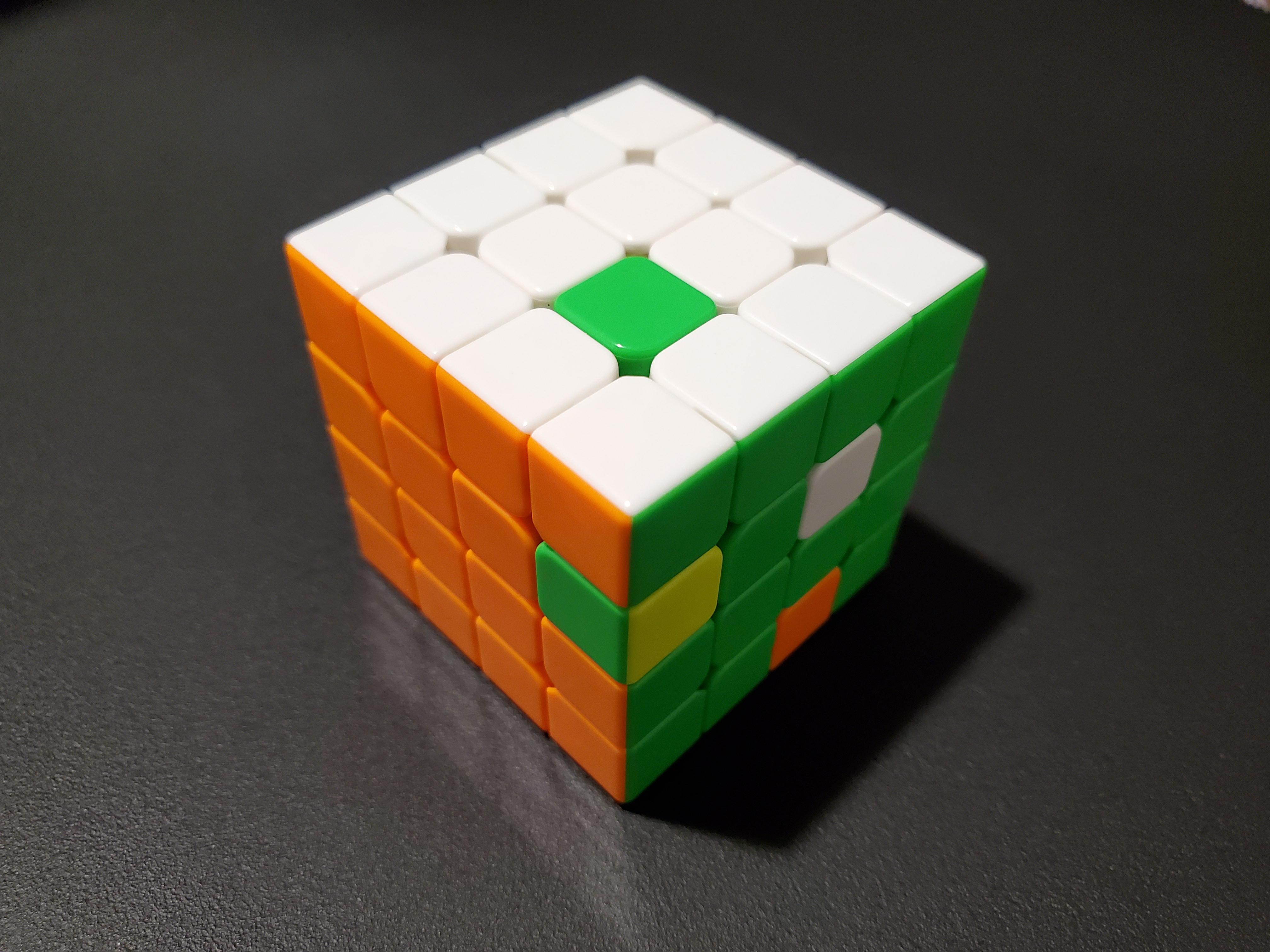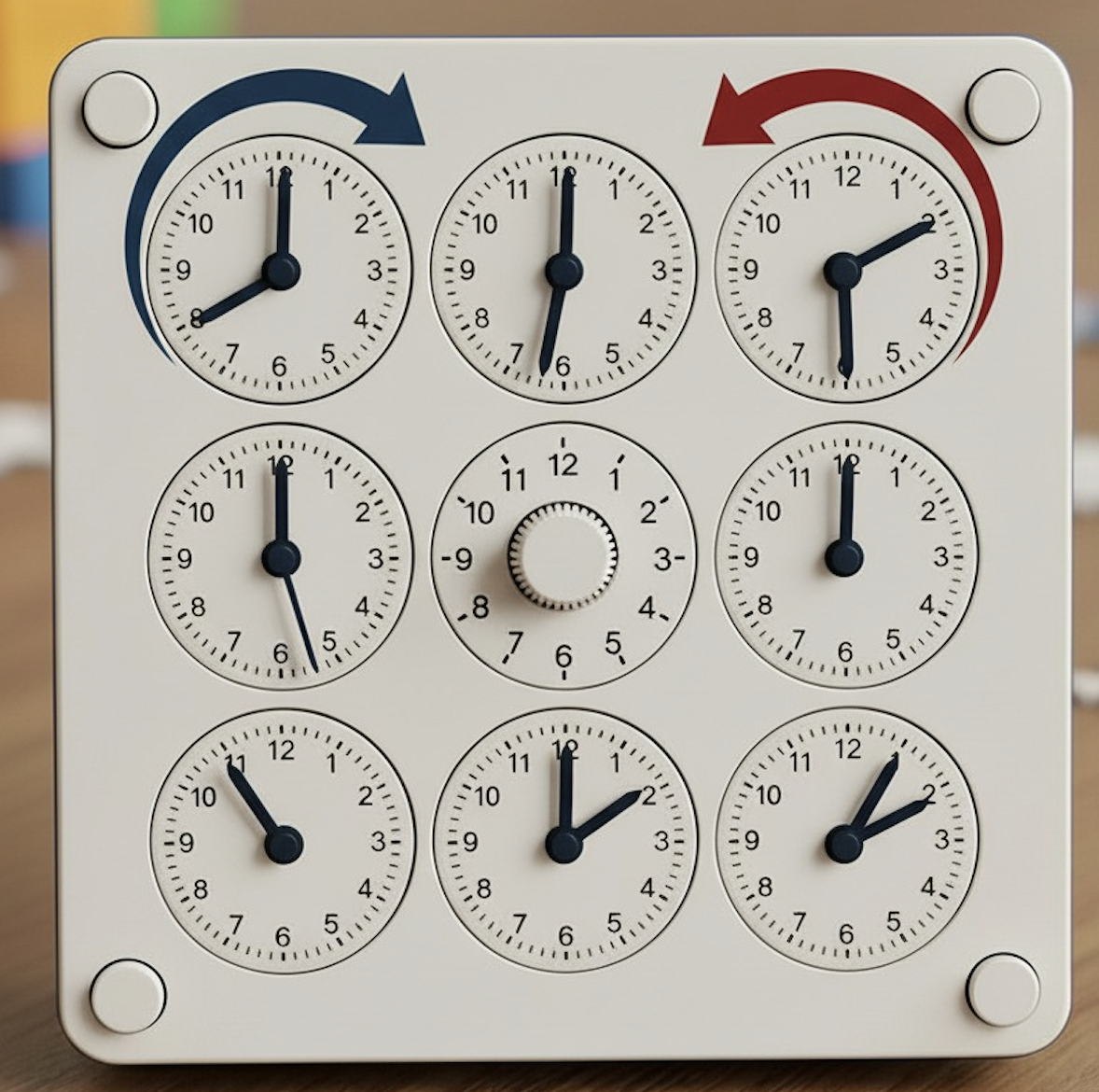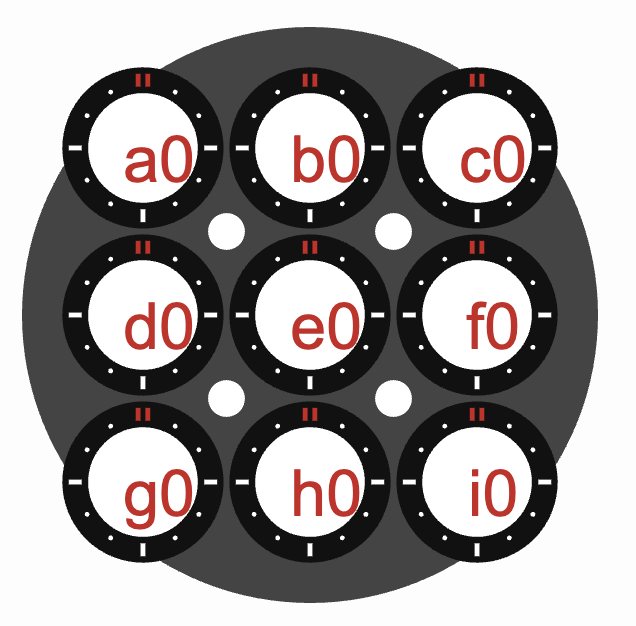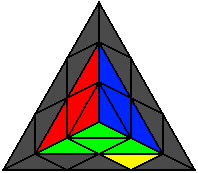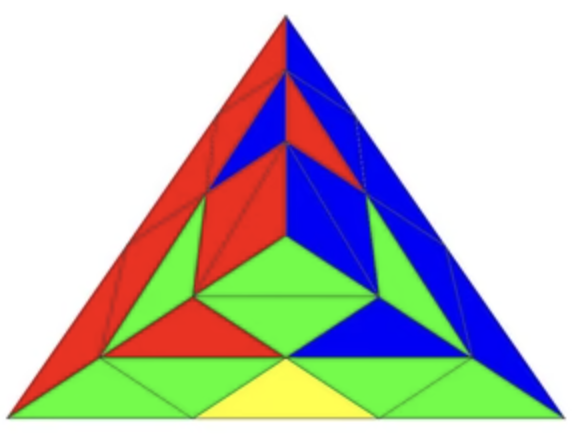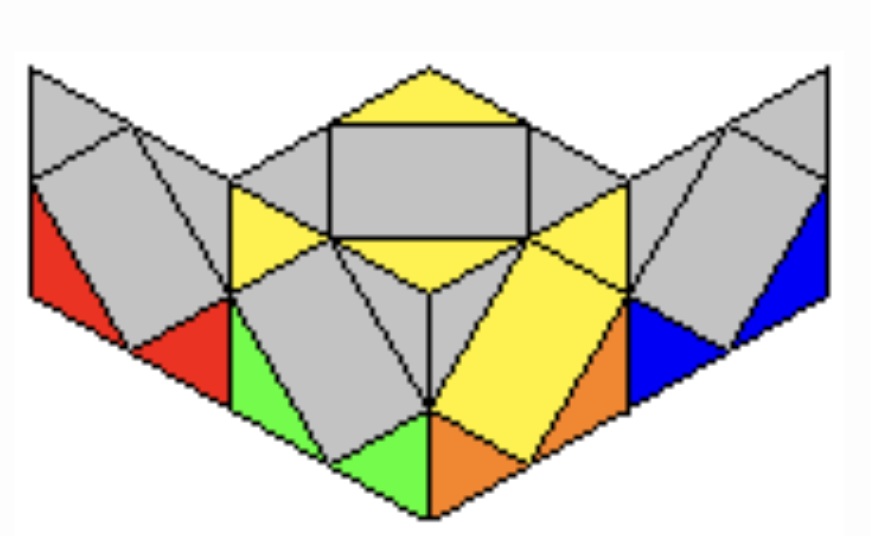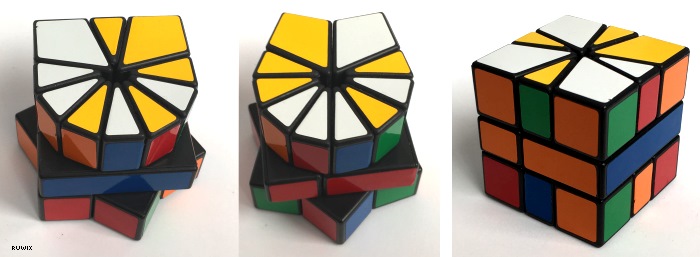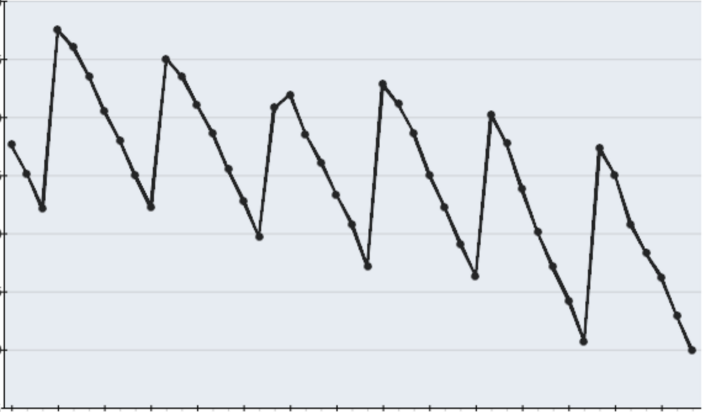cubingpro.com
7 Simul Flip Intro
If you don't know how to solve Rubik's Clock using the Flip Method, please read Stefan Pochmann's website.
Flip method is a very good method and can already help you achieve world class.
But most top clock solvers use the so-called 7 simul method.
7 simul flip is also known as 7sfndmw4lm, standing for 7-simul flip no D move with 4 letters memory. Further
reading: this website has a very comprehensive tutorial
as well.
The main benefit of this approach, compared to the most popular 7-simul version (Tommy's version), is you are no
longer required to use pinky finger for bottom dials, although you need one x2 flip.
This method has a memo that is relatively easy to fit into the 15 seconds inspection, compared to Tommy's 7 simul version.
A reason I personally like this method, is the possibility of extending it to memorize 8 letters or even more. And
it's a very good method for speed blindfold, which is introduced in 7sf+ and
speed BLD.
Method
In 7 simul flip, we use a fixed pin order to solve the clock.
Then we memorize 6 numbers based on modulo arithmetics of 12 (e.g. 5 = -7, 3 + 8 = 11 = -1, 5 + 8 = 13 = 1, 2 - 3 =
-1, 2 - 8 = -6 = 6).
You will have the flexibility on how to memorize them. But we recommend several common strategies:
- Remember numbers as-is in your native language.
- Encode numbers into A for 1, B for 2, ..., K for 11.
- Combine both, e.g. 1-6 with native language, and E for 7, D for 8, etc.
- Similarly, but instead of native language, use a language (e.g. Japanese/Korean/Chinese) which has low syllabus count for numbers.
After memorizing these 6 numbers, we will solve the clock with the aforementioned pin order.
Each time, you will adjust two dials simultaneously (unless the adjustment required is 0), either based on the
memorized number, or based on intuitively matching two clock faces (similar to flip method).
The best way to illustrate this method is to use a
demo example.
Now the clock is solved!
You may move on to check out 7sf+ and speed BLD
